Bear Sightings and Attacks on the Rise - What You Should Do for Protection
If you think you're seeing and hearing about more bear attacks and sightings this year than in years past, you're not alone.
Take a look at some of the recent headlines:
Teen girl attacked by bear while sleeping in hammock in Great Smoky Mountains National Park (June 18)
Campers attacked, injured by bear while sleeping in tent: ‘Wrong place at the wrong time’ (June 13)
Backcountry guide mauled to death while fishing near Yellowstone National Park (April 20)
Colorado woman killed in suspected bear attack, wildlife officials say (May 1)
Bear attacks and injures hiker in first such incident of the year at Yellowstone National Park (May 30)
Palmer woman shares details of her harrowing journey after losing her way hiking Pioneer Peak and being charged by bears (June 16)

Why are more bears out? That may not be the right question. We should ask, why are bear sightings and encounters on the rise? Let's explore some likely answers and guide you through the best ways to maintain outdoor wildlife safety. We want to prepare you, not scare you. Your personal safety and the safety of your family matters most.
Answer 1: There are more people in bear country, accelerated by the COVID-19 pandemic. People are moving out of cities and urban areas in search of a simpler, better quality of life. Many have discovered that they can work just about anywhere there is a good wi-fi connection. Plus, the number one destination for getting "back to normal" has become national and state parks, campgrounds, and just about any area that's not congested.

Answer 2: Technology is everywhere. Right now more of us have smart home security systems and doorbells linked to cameras that record everything at all hours of the day. Plus with more people working from home, someone is usually watching all the time. Think about it.
WHAT YOU CAN DO AT HOME
For starters, remember bears are wild animals. They're not your friends. According to the National Park Service, it's best to keep your distance and show bears mutual respect. That means never approach bears, feed bears, or call your neighbors to come watch if you happen to see one. If a bear is heading to a safe place just leave it alone. If you're worried it's a risk because it's near a populated area, call your state wildlife agency.
Make sure you have no food sources, pet food, birdseed or anything else that would make bears want to hang around your neighborhood.
WHAT YOU CAN DO WHILE ON VACATION
Be prepared. Empower yourself. Are you going to an area where you'll be sharing your space with black bears? If you're not sure, do some research first. Spend some time reviewing by state, the population numbers for black bears in the United States.

When it comes to grizzly bears, they are a protected species and can be found in Alaska, Montana, Washington, Wyoming, and a few in Idaho. The population of grizzly bears in North America is about 55,000, with 31,000 of those in Alaska. The majority of grizzly bears in the lower states are in Montana and Wyoming.
Map of where bears live in North America

WHAT YOU CAN DO WHILE HIKING OR CAMPING
Carry bear spray while hiking. Keep bear spray in your tent. Know how to use it. It's that simple.

Our Guard Alaska bear spray is what you need for your personal and camping safety and to protect those you love. At MACE®, we take personal safety seriously, and want to make sure you've got the information and the tools you need to stay safe.
Guard Alaska Bear Spray | Bear Repellent | Mace® Brand
Take time to review these hiking, camping, and fishing bear safety tips before you head out on vacation.
Another story you would enjoy: What To Do If You Accidentally Come In Contact With Pepper Spray (mace.com)



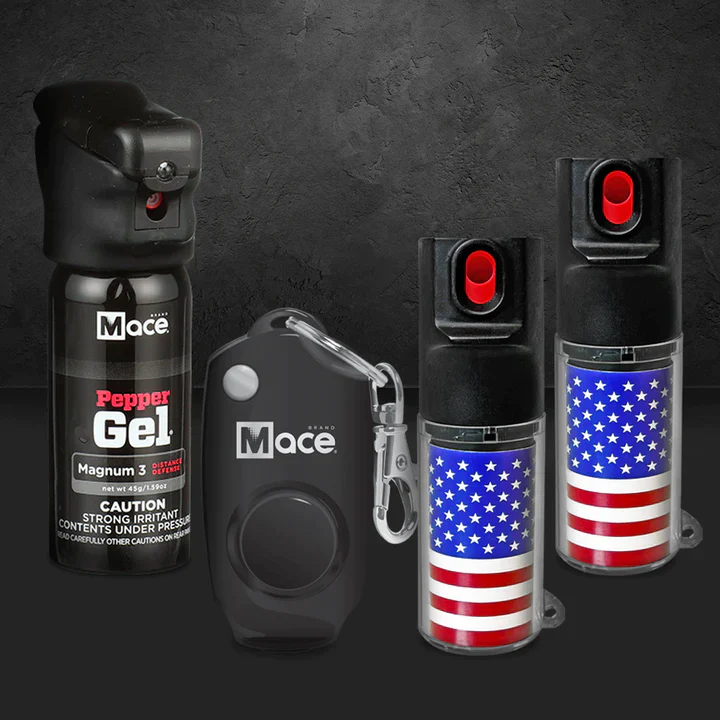
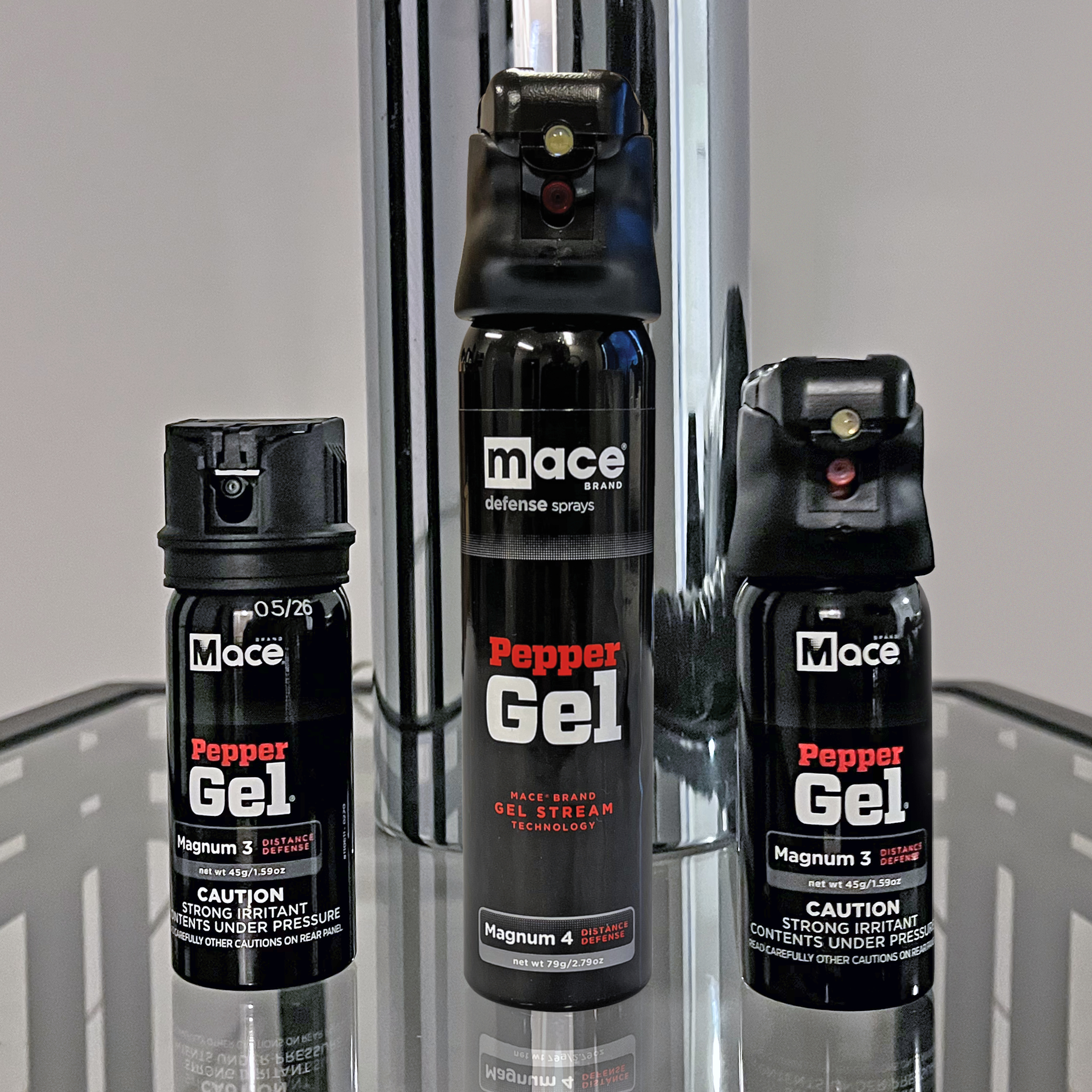
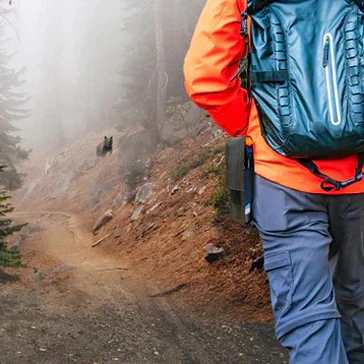
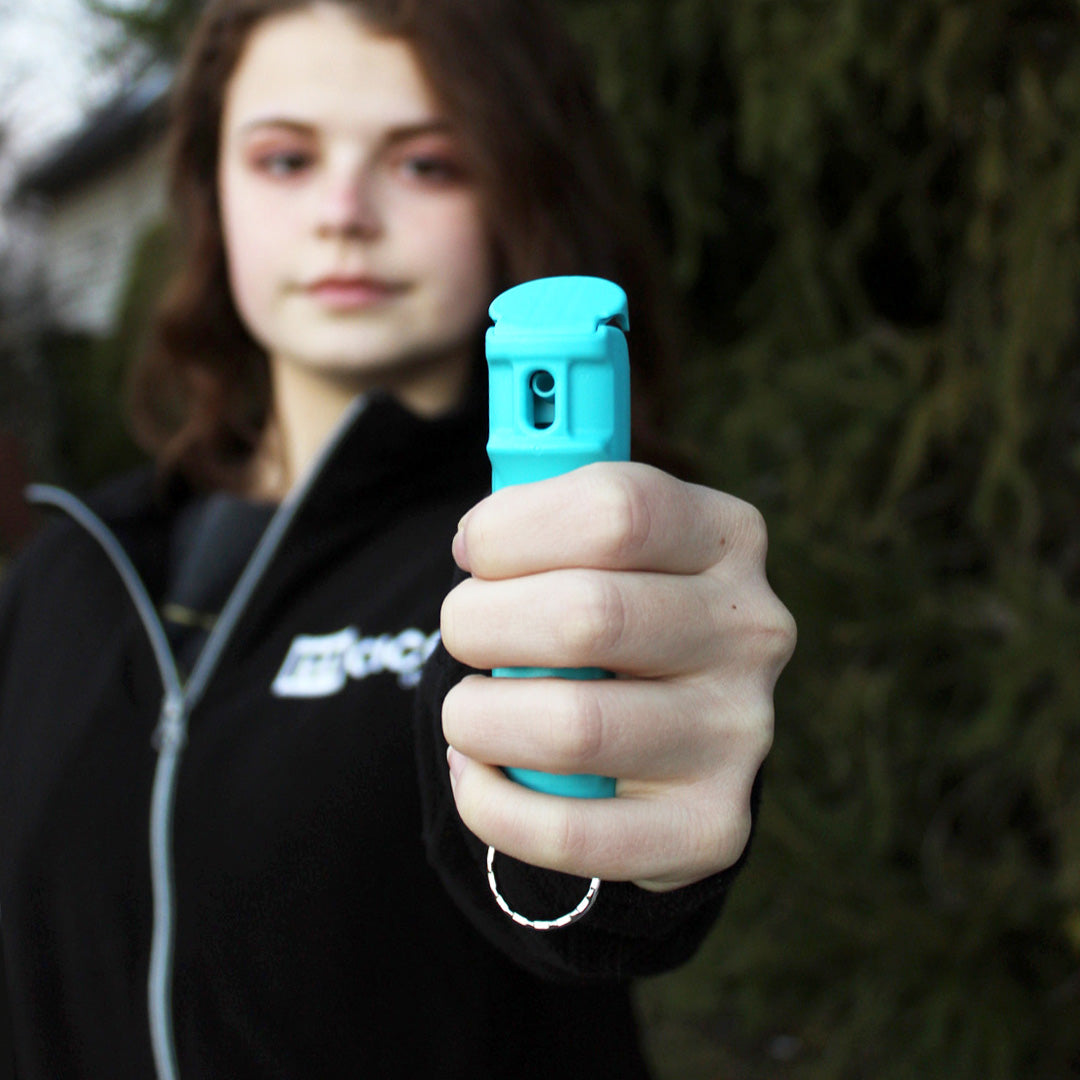

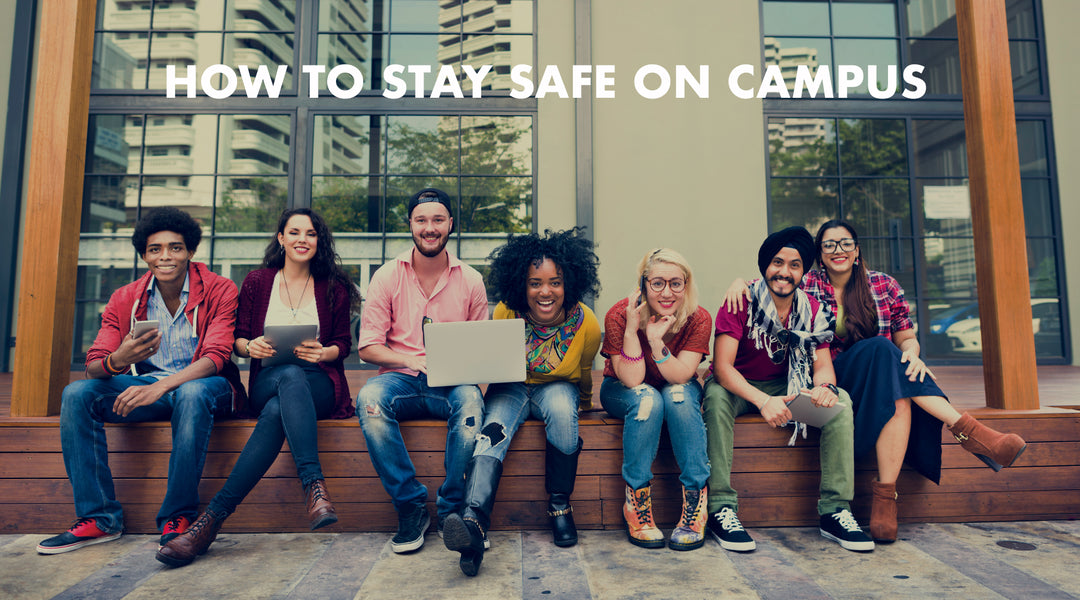
Leave a comment